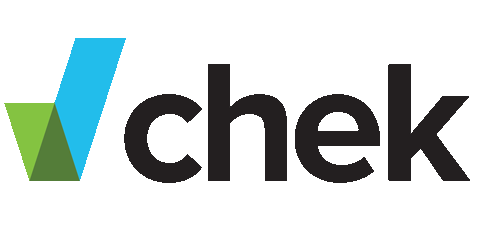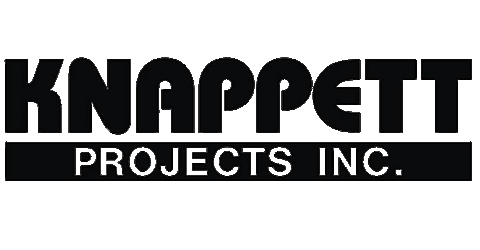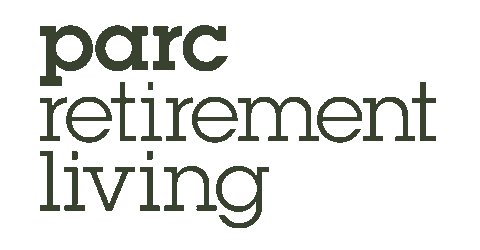Measuring gender pay rates helping close the gap
Pay equity is one of the keys to unlocking productivity in our workforce, and vital for helping employers find and keep workers.
In 2023, British Columbia introduced the Pay Transparency Act to formalize a system for employers to ensure employee compensation was not being influenced by gender.
Women in BC earn 17% less than men, based on median hourly wages. The disparity is higher for Indigenous, racialized and newcomer women.
The province recently launched an online reporting tool for BC employers to prepare pay transparency reports, which are a legal requirement. By Nov. 1, all B.C. employers with 1,000 or more employees are required to prepare and post reports about their gender-pay gaps.
The requirement has been introduced in stages to give employers time to prepare.
- Nov. 1, 2023: BC Public Service and the six largest Crown corporations (ICBC, BC Hydro, WorkSafeBC, BC Housing, BC Lottery Corporation and BC Transit)
- Nov. 1, 2024: all employers with 1,000 employees or more
- Nov. 1, 2025: all employers with 300 employees or more
- Nov. 1, 2026: all employers with 50 employees or more
All employers in BC are required to include salary or wage information on all publicly posted jobs.
Drawing on data from Statistics Canada and pay transparency reports posted by employers last year, the province’s first annual report provides an overview of the gender pay gap in BC by sector, employment type and intersectional identities.






















